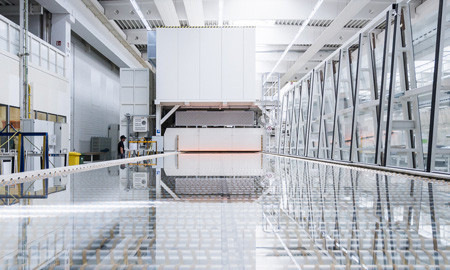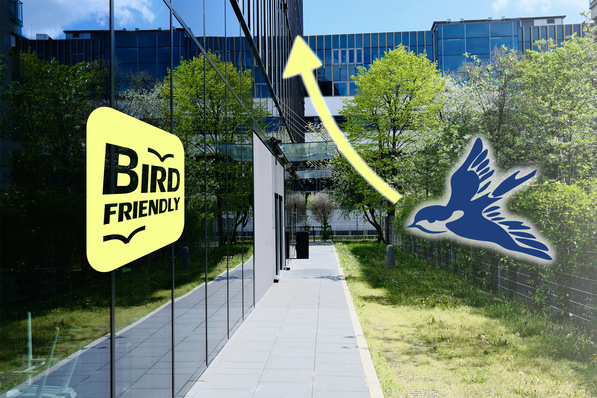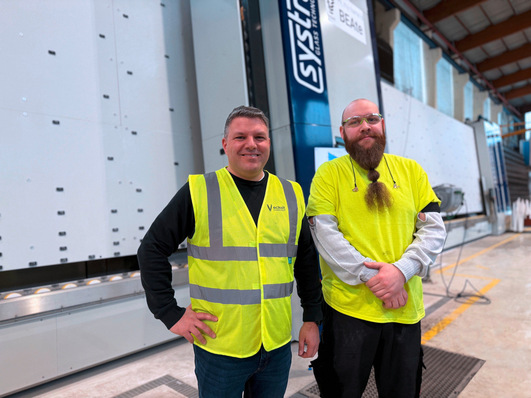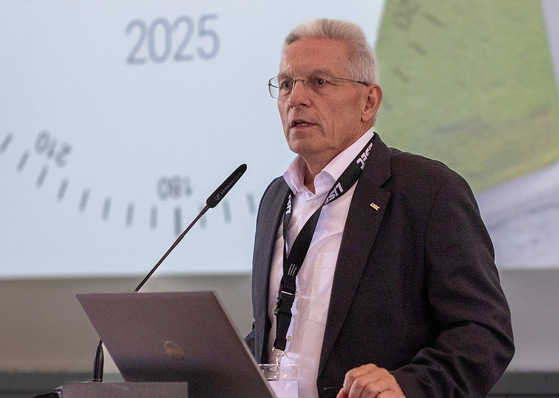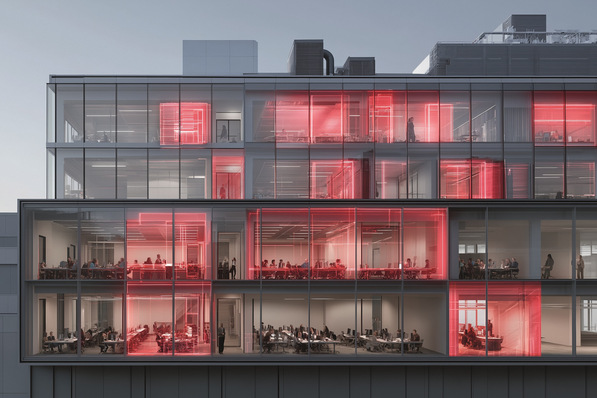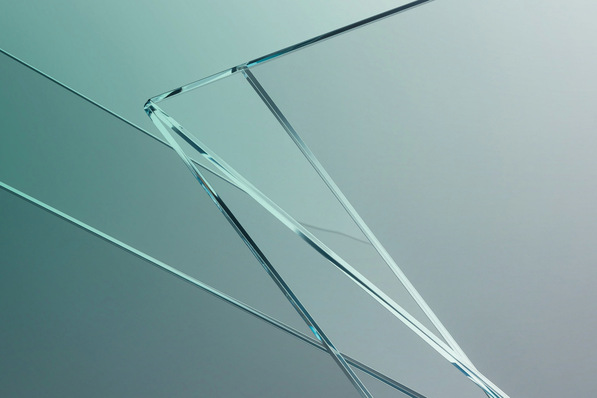As the company emphasises, sedak tempered+ stands for a new generation of tempered glass in which the optical and mechanical properties are the same from every angle.
Revolutionising the advanced tempering process
According to the developers, sedak's patented tempering process sets new standards: Using state-of-the-art manufacturing techniques, sedak tempered+ achieves a homogeneous structure that not only makes the glass extremely resistant to impact and extreme temperatures, but also offers remarkable clarity and vision.
See also: "Window manufacturers also need to think about anisotropies"
Like conventional tempered glass, sedak tempered+ is produced by heating the glass to a high temperature, usually around 620 °C, and then rapidly cooling it with the help of air nozzles. By balancing heating and cooling, sedak's patented tempering technology reduces stress differences in the glass. No anisotropies are created that are visible to the eye. The glass is optically isotropic and the light is transmitted evenly.
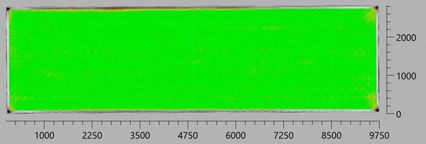
sedak
What is behind anisotropies?
Thermal tempering causes the incident light to be refracted differently: The glass becomes anisotropic. The eye recognises this as a shimmering in the glass (interference colour). These effects, such as rainbow-like spots or grey stripes in daylight, occur in earlier tempering processes.
Also interesting: 8 points to consider about using scanners for quality control
With the new tempering process, however, sedak has succeeded in producing tempered glass without any anisotropies visible to the eye.







